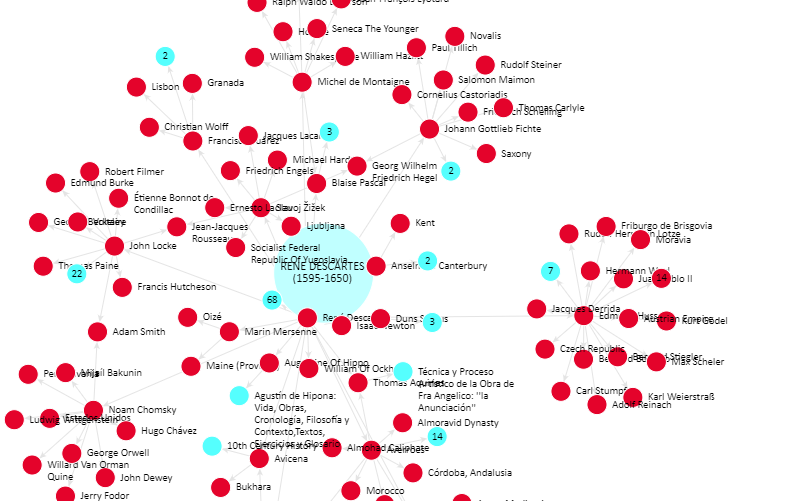
Cargando...
What can I do?
224534 materialEducativo
textoFiltroFichaAbout this resource...

How do living cells interact with the environment around them? All living things possess catalysts, or substances within them that speed up chemical reactions and processes. Enzymes are molecules that enable the chemical reactions that occur in all living things on earth. In this catalase and hydrogen peroxide experiment, we will discover how enzymes act as catalysts by causing chemical reactions to occur more quickly within living things. Using a potato and hydrogen peroxide, we can observe how enzymes like catalase work to perform decomposition, or the breaking down, of other substances. Catalase works to speed up the decomposition of hydrogen peroxide into oxygen and water. We will also test how this process is affected by changes in the temperature of the potato. Is the process faster or slower when compared to the control experiment conducted at room temperature?What happens when a potato is combined with hydrogen peroxide?
It is an educational content by education.com.
By clicking on the title of this resource, you will be redirected to the content. If you want to download the project, you just have to join the website, which now is for FREE.
Exclusive content for members of

Mira un ejemplo de lo que te pierdes
Autores:
Categories:
Tags:
Fecha publicación: 12.5.2016
The original license is kept.
Add to Didactalia Arrastra el botón a la barra de marcadores del navegador y comparte tus contenidos preferidos. Más info...
Comment
0